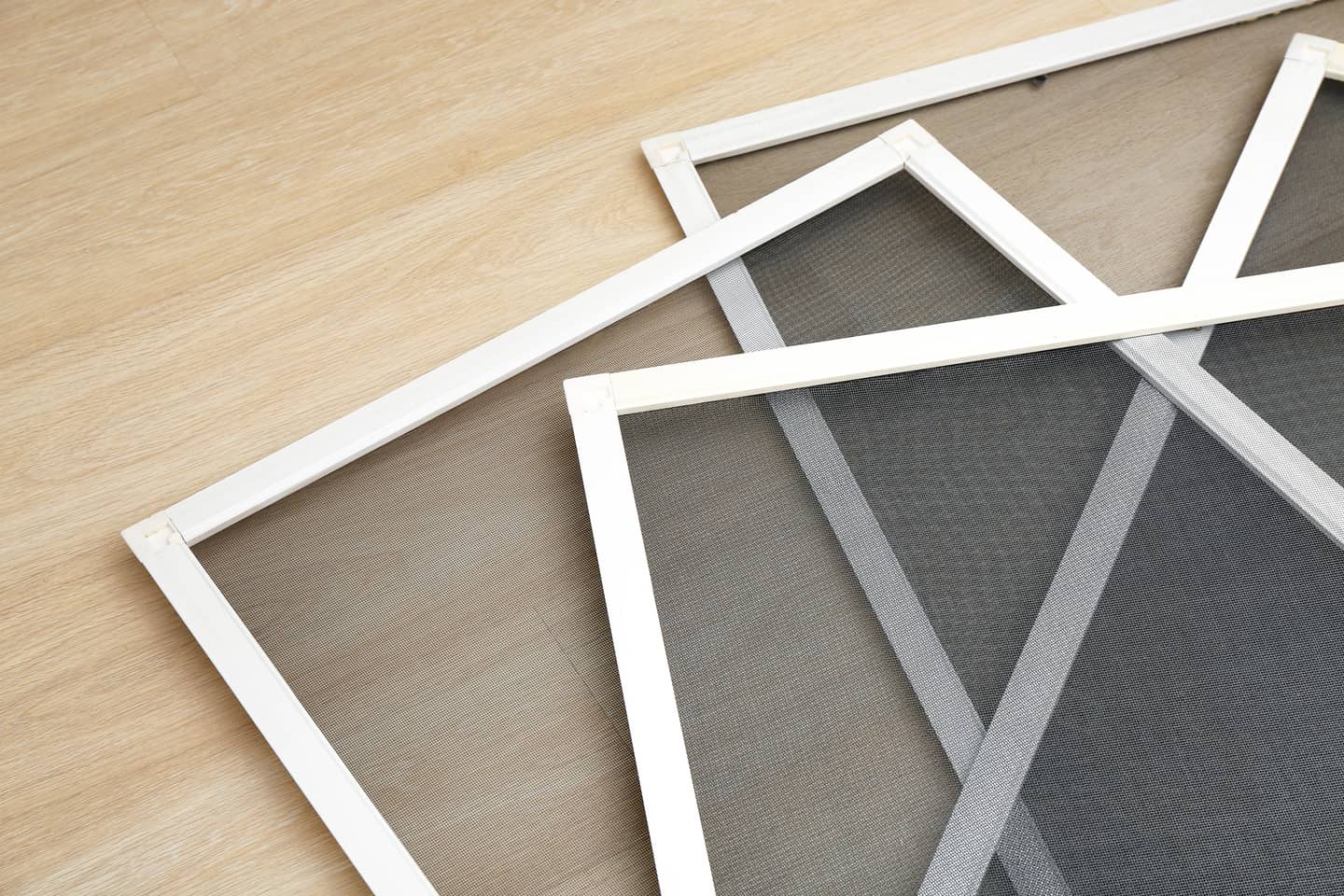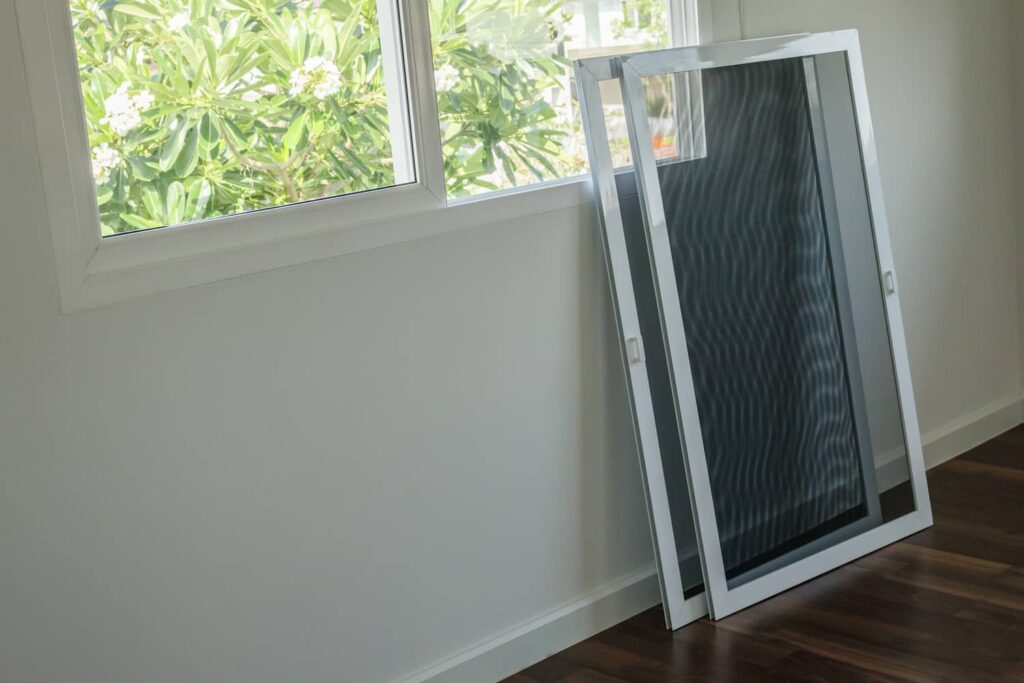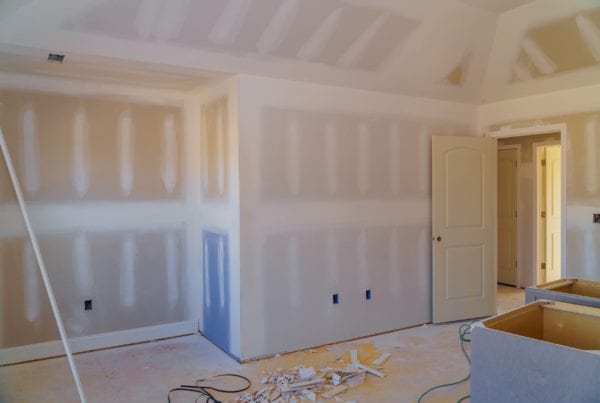
Summertime calls for us to fling open our windows and bask in the delightful weather. However, uninvited insects can be a real buzzkill to this serene picture. Enter window screens—your first line of defense to enjoy fresh air without pesky intruders. Ensuring you measure your window screens properly is paramount. Whether for existing replacements or brand-new installations, is key to a snug fit.
In this guide, we’ll outline the process from preparation to ongoing window screen maintenance. Get ready to enjoy the fresh air without the risk of winged invaders.
Understanding Window Screens
Window screens are essential for any homeowner who enjoys a blend of indoor comfort and outdoor freshness. More than just barriers, they are engineered solutions that keep your living spaces open to breezes while closed off to anything else. Typically crafted from sturdy materials like fiberglass or aluminum, window screens are durable guardians against the unwelcome aspects of nature.
Moreover, the versatility of window screens is evident in their range of sizes and styles, ensuring there’s a fit for every type of window, from the classic double-hung to the modern casement. They are not one-size-fits-all, and that’s where the importance of proper measurement comes into play—each screen must match the dimensions of your window to perform effectively.

Measuring for Replacement Screens
All in all, replacing a worn-out screen is straightforward when you know the exact dimensions. Here’s how to tackle the job:
1) Measure the Height: Start by holding your tape measure at the top corner of the frame for the existing window screens. Extend it straight down to the opposite bottom corner. Record the height from one corner to the other, rounding to the nearest standard measurement increment.
2) Measure the Width: Next, position the tape measure at one side of the window screen frame and stretch it across to the other side. Capture the widest point from edge to edge for the width. Write down the measurement, again rounding to the nearest standard measurement increment.
3) Note the Frame Thickness: The screen’s frame thickness is crucial for a snug fit. Use a ruler or caliper to gauge the thickness of your screen’s frame. This measurement ensures the new screen nests comfortably in the window channel.
Keep in mind that precision is key—double-check your measurements to confirm accuracy. Once this step is complete, you’re well on your way to ordering replacement screens that fit as seamlessly as the originals.
Measuring for a Newly Screened Area
When it comes to equipping windows with screens for the first time, accurate measurement is your blueprint for success. Follow these steps to ensure the new screens will fit perfectly:
1) Determine the Screen Type: Before you measure, decide on the type of screen you need. Are you opting for a full-size window screen or an adjustable one? Your choice will guide the way you measure.
2) Measure the Height: Next, locate the channel where the screen will fit within the window frame. Measure from the deepest part of the top channel to the deepest part of the bottom channel. This is your screen’s height. Round up to the nearest standard measurement increment for the best fit.
3) Measure the Width: For the width, measure between the channels on the left and right sides of the window frame. This distance you measure is the width of your window screens. As with height, round up to the nearest standard increment.
4) Check for Obstructions: Look for any hardware or obstructions that might affect the fit of the screen. Take note of these and consider their impact on the size and fit of your new screen.
5) Review and Record: Lastly, go over your measurements to ensure they’re accurate. It may help to measure twice, just to be sure. Record these final measurements—they are vital for your screen purchase.
With precise measurements and an idea of what suits your needs, you’re set to select screens that will integrate seamlessly. Now your home is enhanced with that much-desired fresh air without the risk of pests.

Other Recommended Maintenance
Maintaining your windows, window sills, and screens is essential to ensure they continue to let the fresh air in while keeping pests out. A simple routine of regular care can extend their lifespan and maintain their appearance.
Begin with a gentle wash using a soft brush and a mild detergent to remove accumulated debris, rinsing them well afterward. During the cleaning process, take the time to inspect your screens for any signs of wear or damage such as tears or holes, which in many cases can be easily repaired with a screen patch kit.
Additionally, it’s important to examine the screen frame and fasteners for any potential issues. A bent frame or loose fasteners can compromise the effectiveness of your screen. If you find the spline, the rubber that holds the screen within the frame, is worn out or loose, replacing it will help keep the screen taut and in place.
Finally, if your screens are part of a sliding window system, an annual application of a silicone-based lubricant to the tracks can make a world of difference, ensuring they open and close with ease.
When to Call a Professional
If you’re faced with a screen that has a large tear or a frame that’s become warped, these issues often require the expertise and tools a professional brings to the table. This is particularly true for screens that are part of large picture windows or are located on higher stories where safe access is a concern.
A professional’s touch is also prudent when dealing with non-standard windows or custom screen features. They can provide tailored solutions and ensure that new screens fit perfectly, enhancing your home’s comfort and appearance. Additionally, if you’ve attempted a repair and the issues persist, or if a screen refuses to fit snugly despite accurate measurements, then it’s time to seek professional advice.
Experts in screen repair and installation can fix the current problem and offer guidance for preventing future issues.
Conclusion
In the end, with the right measurements, installing or replacing window screens can be a straightforward task. By following the steps outlined in this guide, you can confidently measure your existing or new window openings and ensure a perfect fit for your screens.
When in doubt, don’t hesitate to seek assistance from a professional to guarantee optimal results. While you are taking a look at your window screens, this is a good time to have a home inspection. Reach out to Alpha building inspections for a full home inspection in Merrimack, New Hampshire, and surrounding areas.


